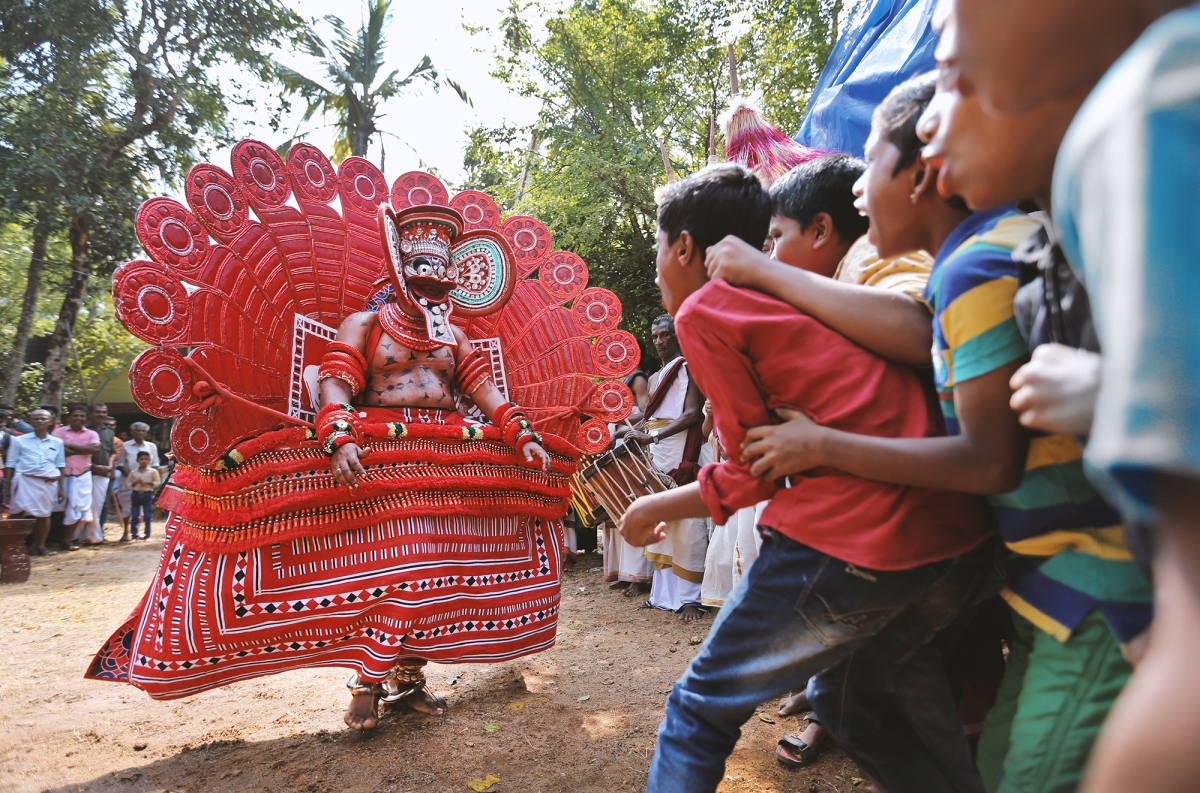CLAUDIA ORSETTI
// Claudia is an architect and a photographer. She is naturally attracted by contradictions and her work typically gravitates around the concepts of territory, time and memory, moving across landscapes, documentary and reportage photography. She shared a series on a ritual Theyyam performance in Kerala, India.
Claudia has been recognised for her photographic work in exhibitions, magazines and online platforms (Dodho Magazine, F-Stop, Feature Shoot, ArtWort, The Pictorial-List, and others). This year she has received an award as GUP New Talent 2021. She has also self-published two books. Currently Claudia is working on two projects: “Vanished”, about loss and grief during the pandemic and “Of the land and us: cartography of oblivion”, where everyday goods and landscapes altered by the production of those goods are shown together to generate a clash between urgency and beauty.
“art is the highest form of hope.”
Gerhard Richter
What draws you to the arts?
“Not sure….I’ve always been a very creative kid. I am an architect by training, so creativity is what I do!”
What impresses you most about the Theyyam ritual dance?
“It was just one of the most impressive things I ever had the chance to witness. The ritual of getting dressed, the show, the energy, the engagement of the people… everything was somehow overwhelming in a good way. There was a real sense of magic, it felt otherworldly and yet very human: we need rituals and faith, no matter what the form.”
Claudia attended this Theyyam event during a trip to India in 2017. Theyyam is an 800 year old celebration of divinity through a ritual dance, based on the belief that immortal spirits enter into the mortal bodies of the performers.
Performers wear heavy make-up, huge masks and flamboyant costumes. The make-up session can last for hours. The artists follow strict rules of tradition in face and body drawings. There are different patterns of facial makeup (Mukhathezhuthu), which vary according to the type of ritual. The costumes are beautifully stitched together in the colours red, black, and white. They are usually large and highly decorated. Crown, head dress, breast plates, bangles, garlands, and arm ornaments are elaborately furnished and shaped. Theyyam artists wear bangles and small anklets on the feet to make a classical dance feeling, helping the performers to personify the grandeur of mythological figures such as gods, goddesses, spirits and demons. The headgear (Mudi) is the heaviest and largest part of the costume. It can sometimes reach a length of 15 metres (50 feet). Mudi are made of different materials including bamboo sticks, wooden boards, peacock feathers, coconut leaves, fabrics and flowers.
Theyyam is performed for various objectives, but the main intention is to bring prosperity and well-being to the village families. At the end of the dance the performers usually bless the devotees with handouts of ash. Devotees can directly approach, honour, and question a deity belonging to an extraordinary pantheon of divine beings, consisting not only of gods and goddesses but also of deified ancestors, warrior heroes, animals, ghosts, and spirits.
You can find more information about Theyyam from the Department of Cultural Affairs, Government of Kerala. There is even a short video of the dance on their website.
Click on the photos to see the full image.


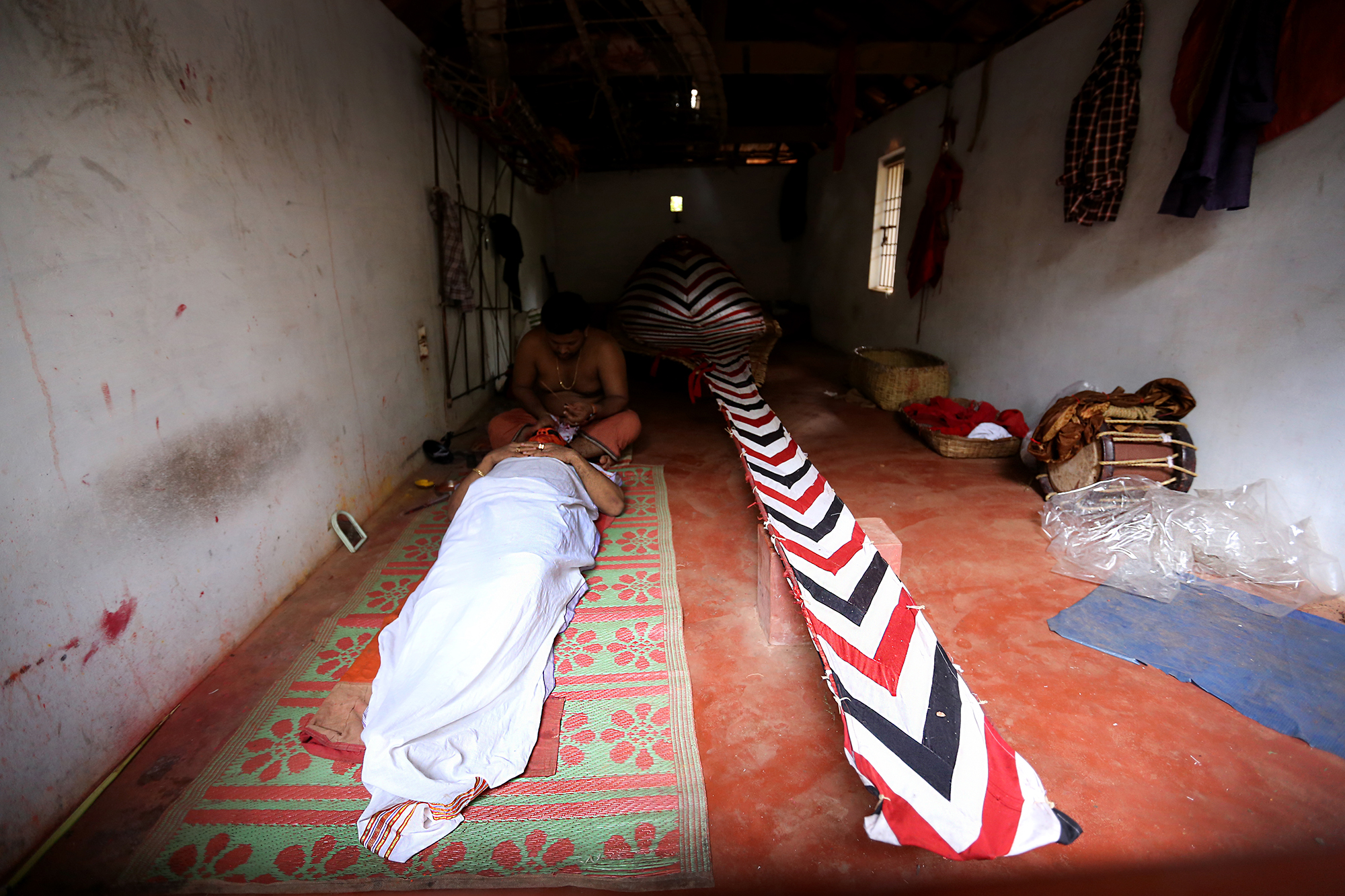

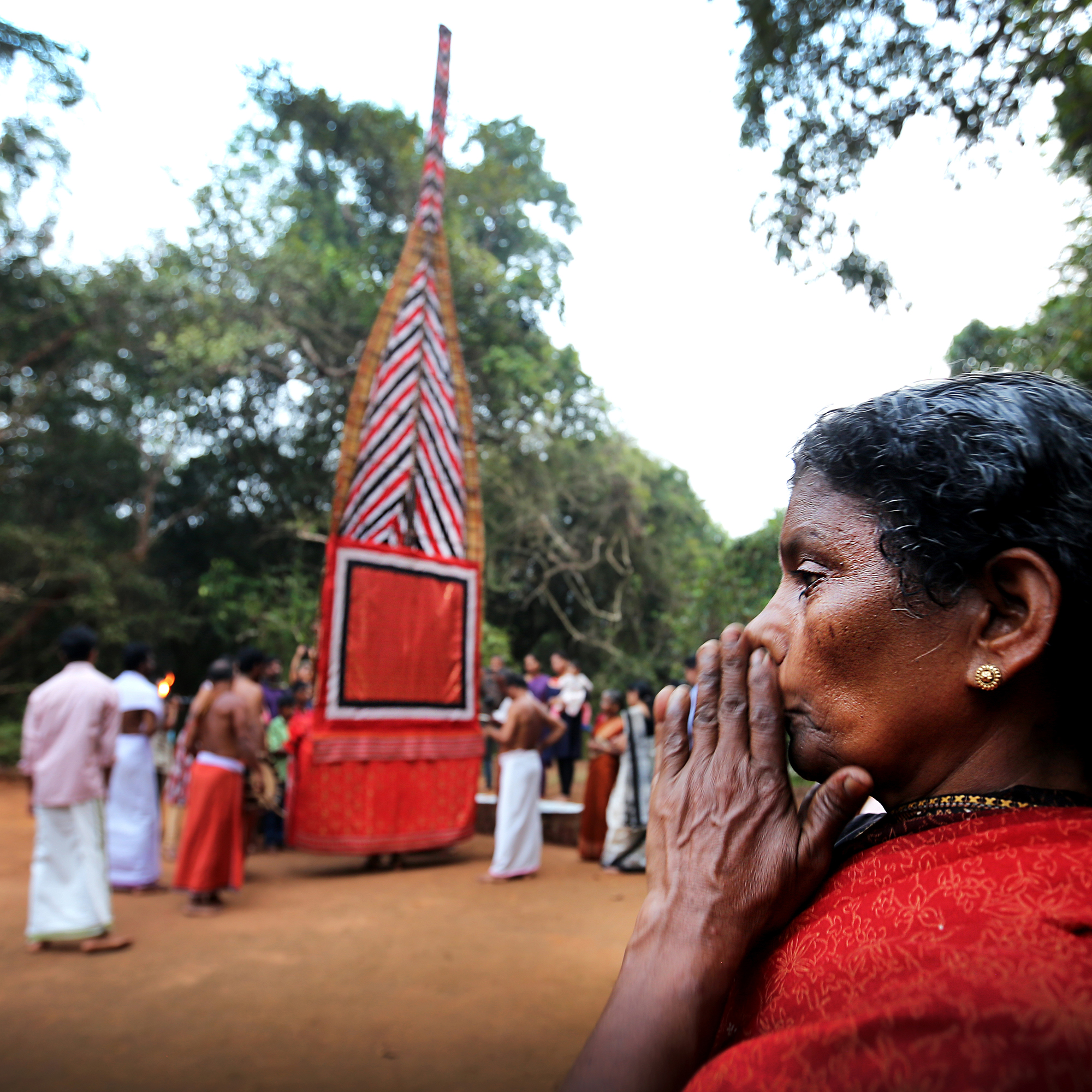
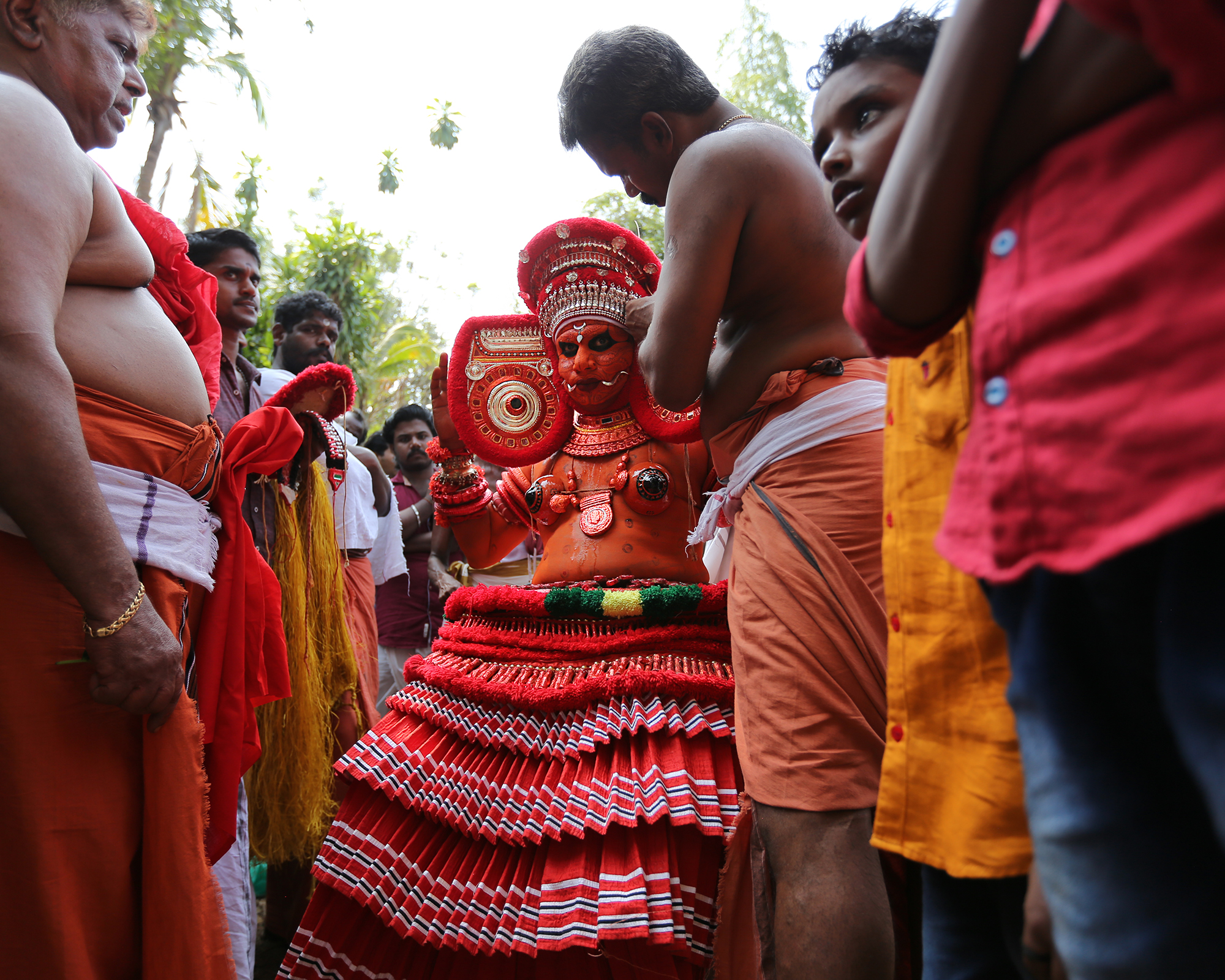
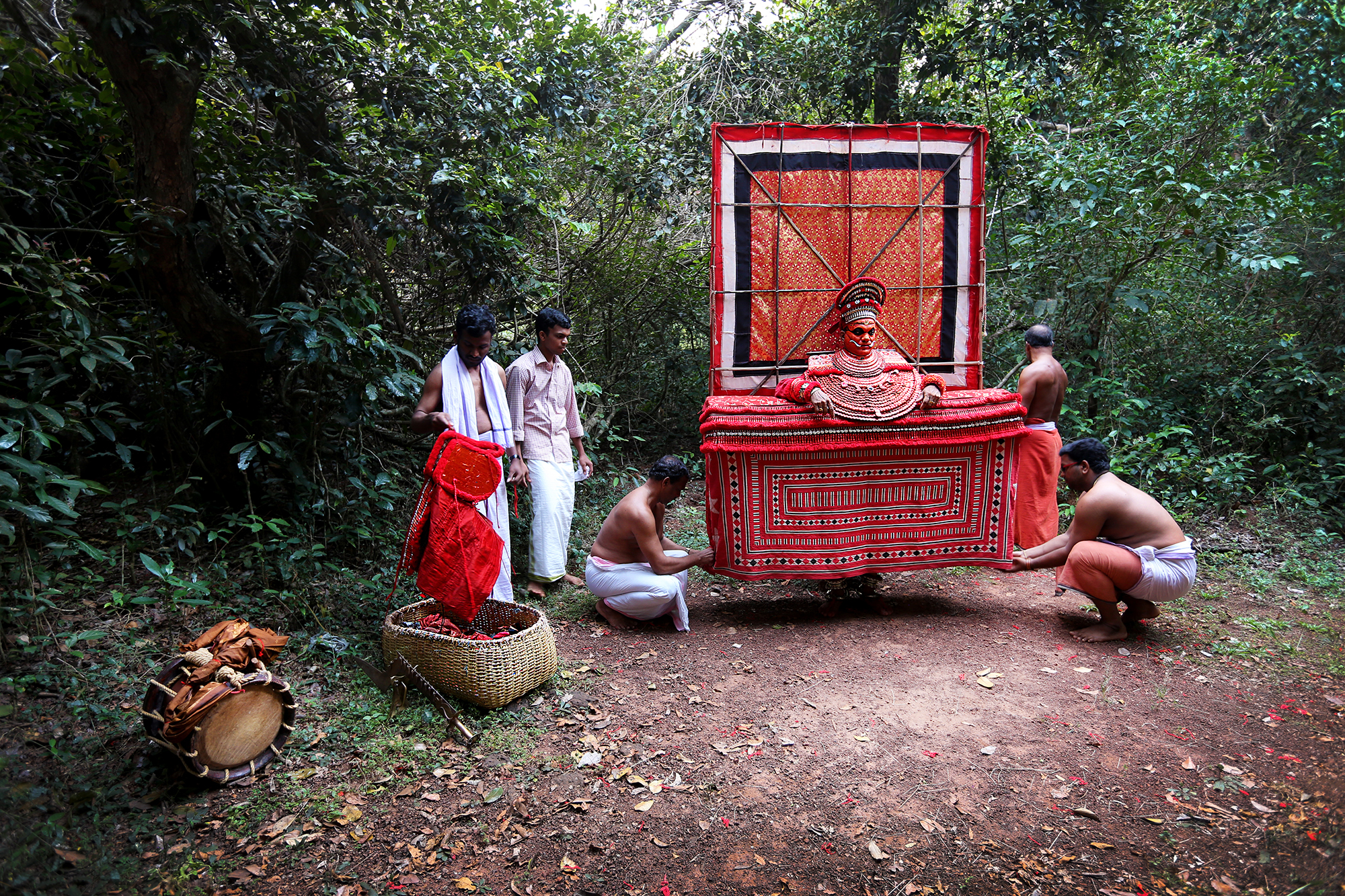
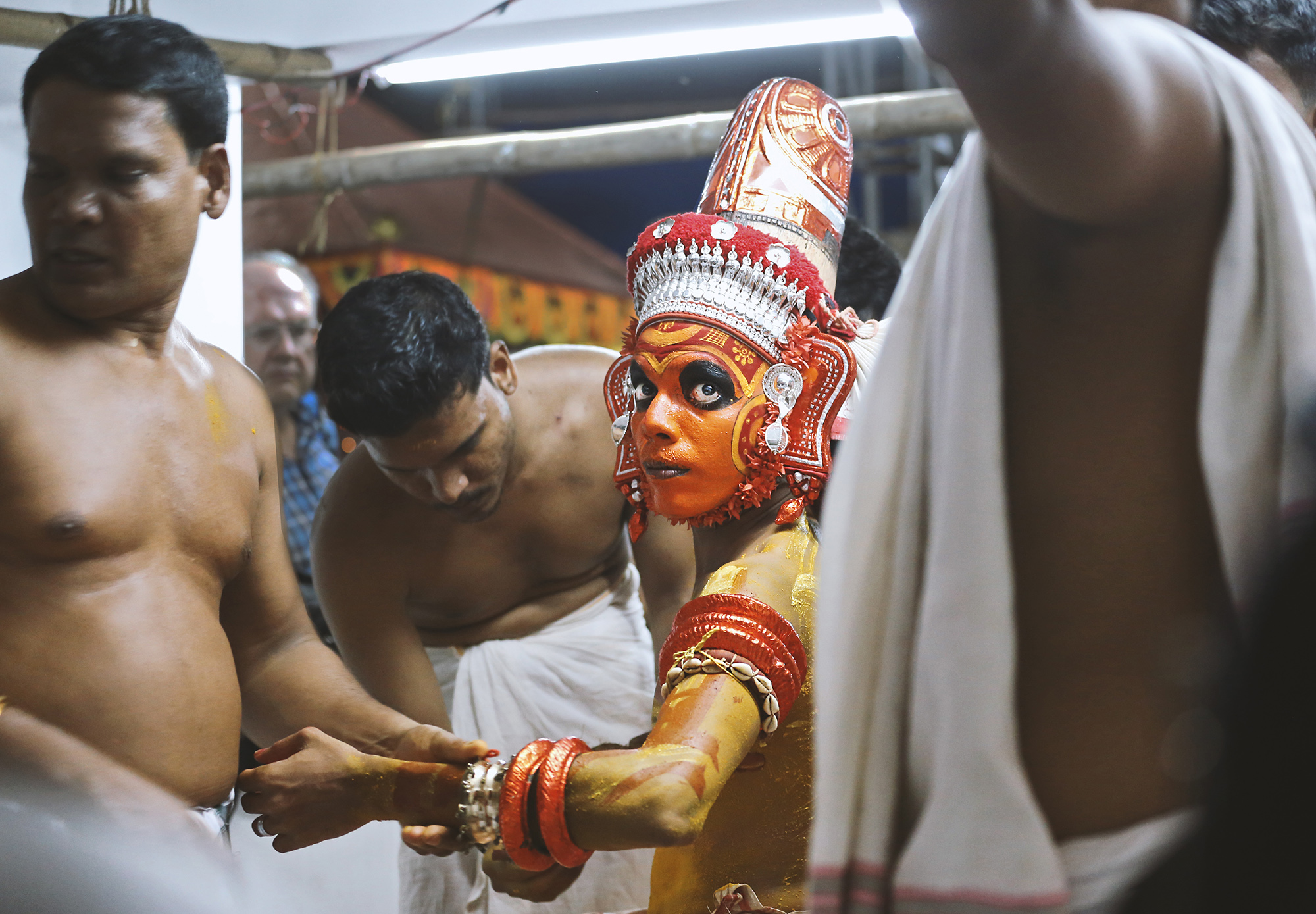

All photos © Claudia Orsetti
To see more of her photography visit Claudia´s Instagram page.

